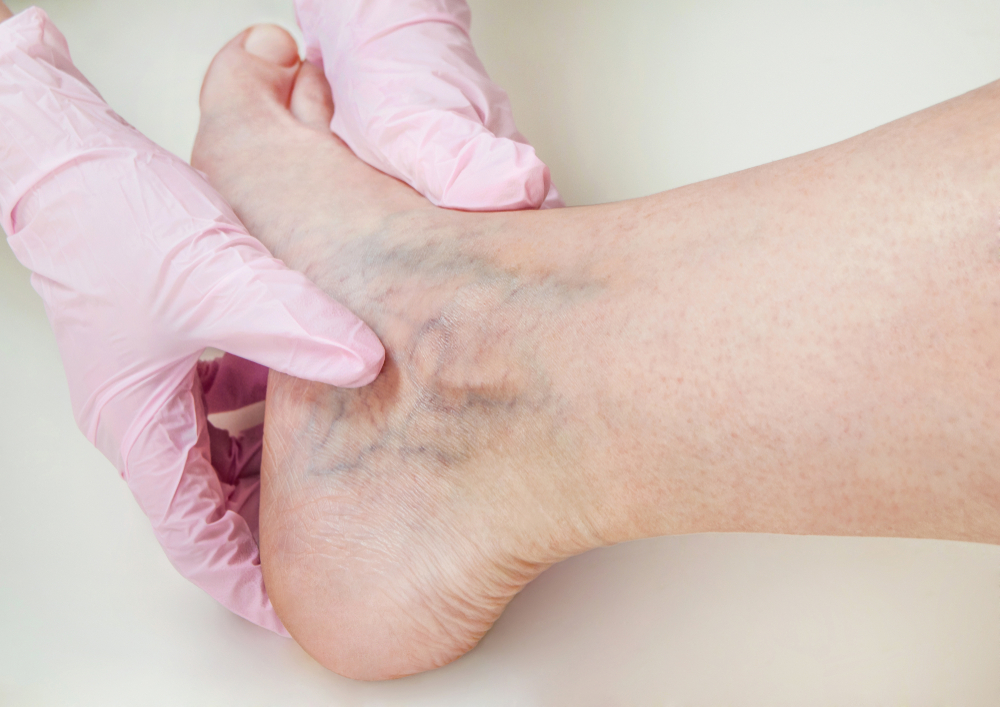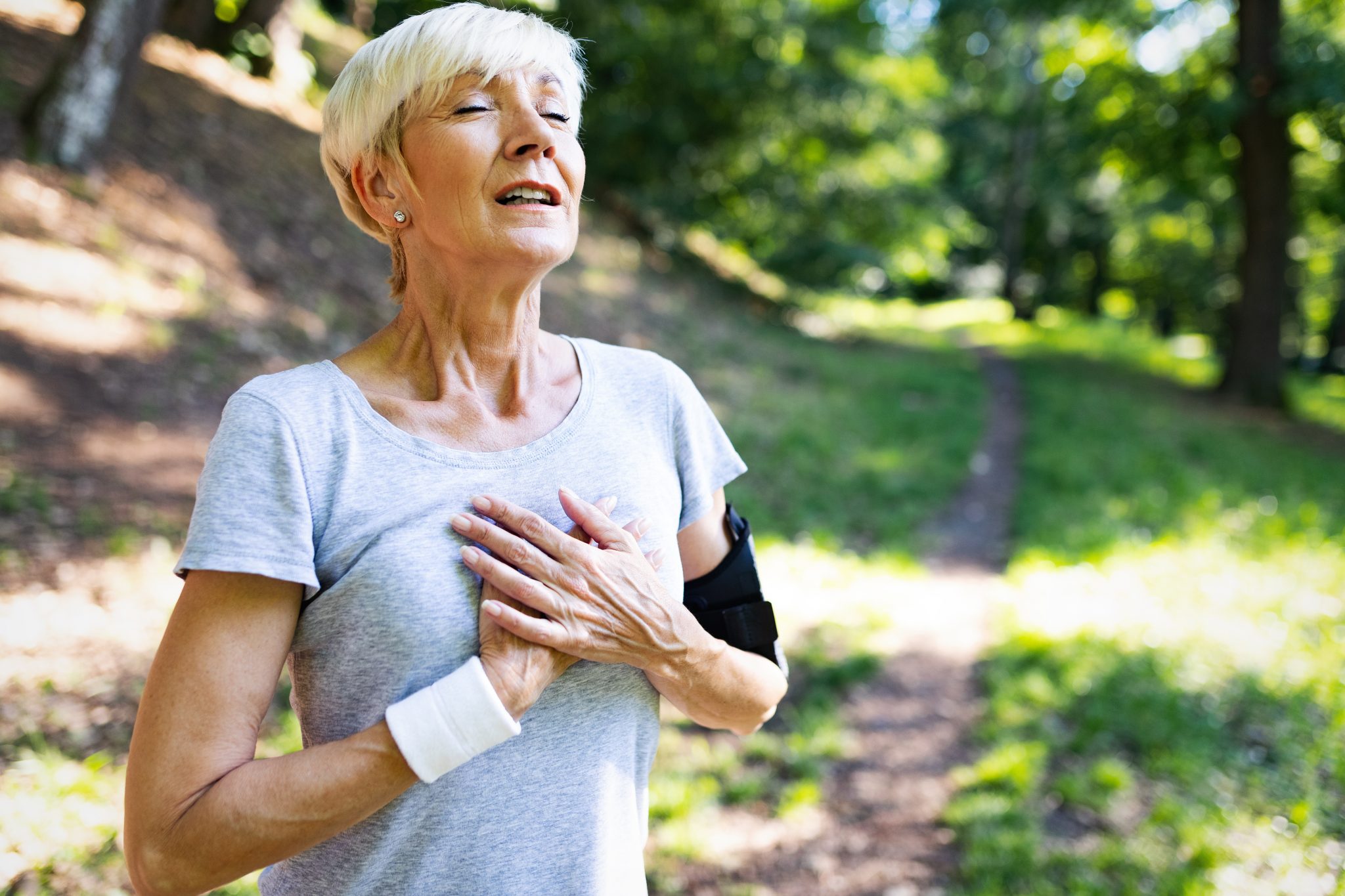Get A Leg Up On Summers With These 5 Ways You Can Minimize Varicose Veins
Varicose, also called varicosities, is a very common condition among adults, around the age of 25. The symptoms of the condition appear on the lower legs, and can be very painful.
In a human body, every organ, every single vein, and artery works so systematically that even the slightest disturbance or interruption can cause a lot of pain. The system of a human body is so complex that if ailments get severe, they might get difficult to be treated.
Veins are an important part of a body’s circulatory system. They are delicate and have thin walls. Arteries carry the oxygenated blood out of the heart, and it is the function of veins to transport deoxygenated blood back to the heart. In addition, veins only push blood toward the heart and prevent the blood from flowing backward. In short, veins have only one-way valves.
If due to any reason, the veins fail to function adequately, the blood does not flow towards the heart and starts accumulating in the veins. As a consequence, the veins become swollen and enlarged.
Varicose veins mainly affect the legs because most of the time, you are standing or walking, which increases pressure on the veins in the lower part of the body. The symptoms include purple or blue coloration of veins just under your skin, heavy feeling in the legs, and swelling of the leg, burning, and itching in the affected area and muscle cramps.
What causes Varicose veins?
The most commonly found causes of varicose veins are weak or damaged valves, pregnancy, and menopause, because in both the conditions, hormonal changes take place in the body. Other than this, is standing for hours on duty or at work, and age is also another one of the reasons.
Whatever the reasons might be, there is always a way-out for every problem. We should praise doctors for finding ways to combat varicose veins. Let us discuss a few essential steps below.
1. Regular Leg Stretches Or Exercise
People think that doing exercise in such a condition is risky when, as a matter of truth, it’s the most helpful thing you can do. Steady movement in your arms and legs can bring much improvement to your body’s condition. Exercise is the only therapy that every doctor suggests to his patients because it keeps you healthy, your muscles and bones become strong, and blood circulation in your body becomes more efficient. And if you do not stretch your body, then the flexibility of muscles decreases, they get stiff, and problems like varicose veins are likely to occur.
For the people who stand for long hours on duty, it is very necessary for them to take short breaks and stretch their legs and sit down. Similarly, those who are in the habit of sitting must stand up and walk. Changing your positions is also important. So try to schedule exercise in your daily routine to live a healthy life.
2. Coldwater Therapy
Cold water is another thing that people avoid as they think only hot water could help them get rid of the pain. But the reality is the other way round. Soaking your legs in the cold water helps the veins to shrink, consequently, providing a physical relief from the pain.
Hot water, on the other side, would provide heat that further intensifies the pain in the swollen veins.
3. Massage
Gentle massages have always been a source of alleviating the pain of any sort. Although massage does not completely get you rid of the pain, but it sure can provide a little relief. Try not to push and press your fingers hardly at the affected area. Move your hands gently and use fingertips to increase the blood flow.
Massage with pain-relieving ointments is more beneficial than using heat sprays because moving your hands gently in the upward direction helps in regulating the blood flow.
4. Be Wise While Selecting What You Should Wear!
Wearing tight clothes could ultimately affect your waist and legs. It is really important to wear clothes that bring you comfort and ease. Also, people who are fond of wearing high-heels must note that they can damage the tissues of legs and increase the varicose veins. Instead of this, try to opt for low heels or flat shoes, which at least do not trigger the pain.
5. Plan Your Diet
Eating unhealthy food could harm you. To live a healthy life, first plan your diet. The foremost thing to do is to immediately stop taking salty or sodium-rich foods because they help the body to retain water. Sodium also effects in many other ways like increasing blood pressure; so it is better to limit the intake.
Potassium, indeed, can be very beneficial to your body because it helps to reduce water retention. Go for potassium-rich foods that include fish (especially tuna and salmon), potatoes, leafy veggies (like spinach and cabbage), lentils and white beans and almonds. These foods do not only prevent varicose veins but also have numerous other advantages.
On the other hand, foods with high fiber content can also help you prevent varicose veins. Nuts, legumes, seeds, flaxseed, oat, wheat, and whole-grain food are the rich sources of fiber that you must start taking.
What you should immediately give up is fast-food or oily food that increases weight and causes obesity. Obese people are more likely to undergo varicose veins. So focus on keeping yourself smart and shed some weight, if you have gained some extra pounds.
Conclusion
So, what are you waiting for? Start taking the above-mentioned safety measures so that you can stop varicose veins.
To prevent yourself from this condition, you should start treating yourself at home by exercising, eating healthy foods, and so on. But if the situation gets severe, then you should consult a doctor to make the best-informed decision. The medical treatments include laser ablation, ligation and stripping, and surgeries.
See what is best for you and begin a healthy journey of life from today.





